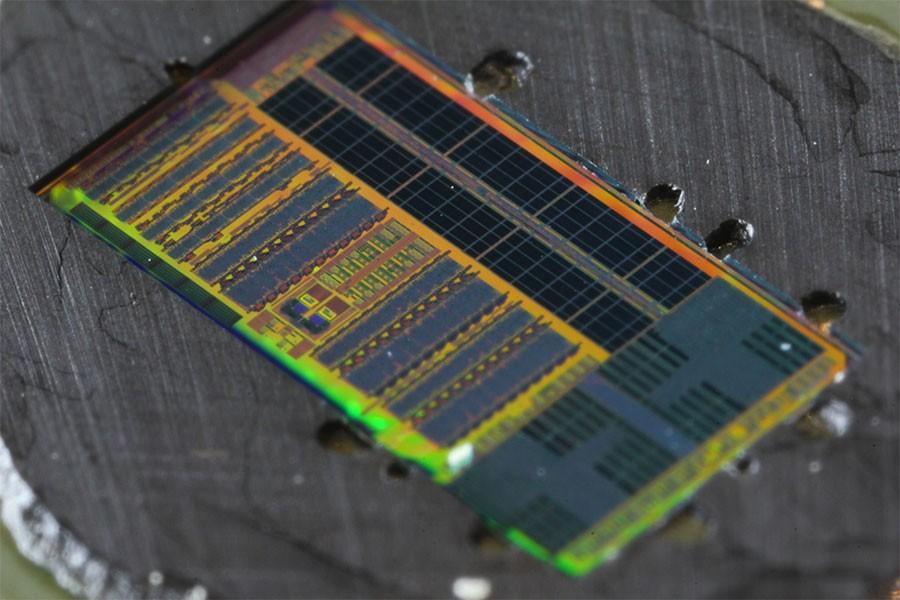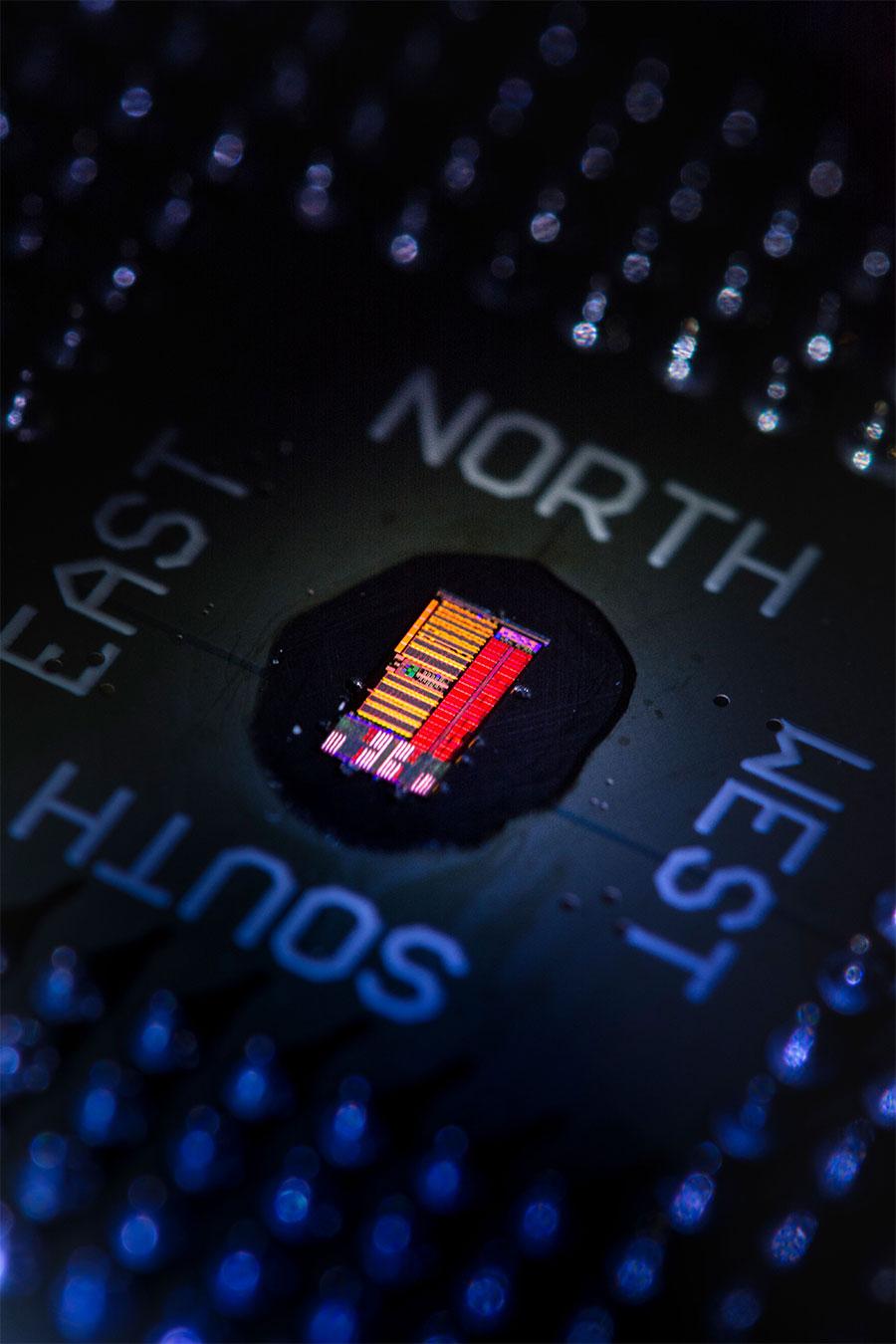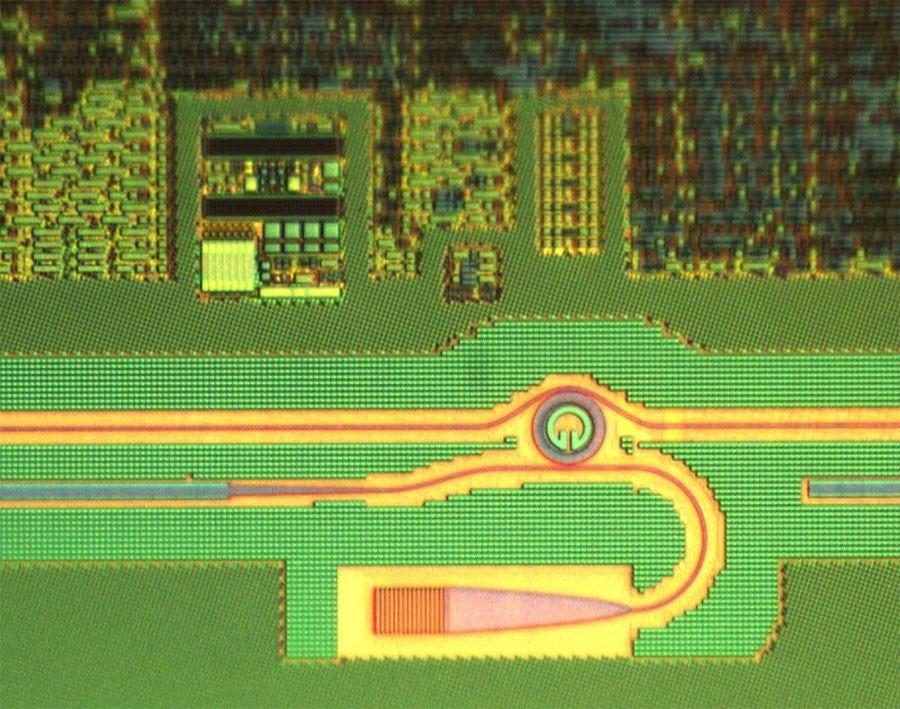Researchers Create Breakthrough Light-Based Microprocessor
Researchers working together from the University of Colorado Boulder, University of California, Berkeley, and MIT have developed a new and groundbreaking microprocessor that uses light rather than electricity to move data at very high speed. While moving that data around very quickly, the light-based processor consumes very little energy making it much more power efficient than current processors.
The researchers believe that the new chip could lead to faster and more powerful computers and network hardware. In modern microprocessors, the amount of electricity needed to power the speed and volume of data transfers in the processor have become a limiting factor.
The new chip uses photonics and sends information inside the chip as light rather than electricity and significantly reduces the energy needed to make data transfers. Light can be sent across longer distances than electricity using the same amount of power. With a light-based chip, multiple data streams can be sent over the same medium with data encoded in different light colors.
The light-based chip uses infrared light and the light can be densely packed on a chip to enable huge total bandwidths. The chip has a bandwidth density of 300 gigabits per second per square millimeter, about 10 to 50 times higher than electric only microprocessors. The processor created measures 3mm x 6mm and incorporates both traditional electronic circuitry and 850 optical I/O components to make the first integrated single chip design of its type.
SOURCE: Colorado.edu



